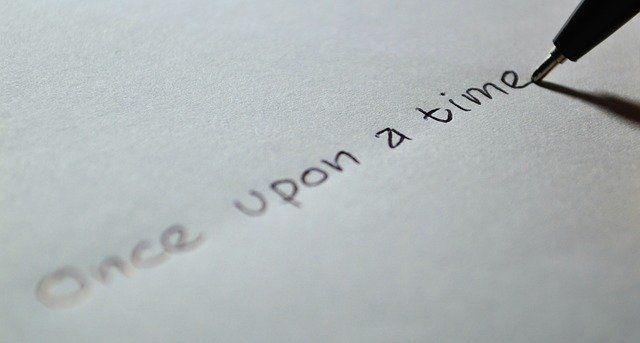Anger
Now that you have an anger event identified and are now ready to consider your anger response the first step that may be helpful is to rank this anger on a scale from one (1) to ten (10) with the 1 as the lowest possible anger you may have and a 10 as the highest. Some people report that the number 10 may not be high enough to capture the intensity of that emotion. If this is the case you might want to consider this scale as 1% angry up to 100%. Of course, a different scale may be more useful to you and that is perfectly fine.
Some people use colors (white to red, black to orange, etc) to express the intensity of their anger whereas others may want to imagine a picture (i.e. a sinking ship, a rising tide, a roaring fire). The idea here is to begin to focus some attention to your anger as an emotion that exists in gradient form depending on the "trigger" or provoking circumstance. We often think of our anger as an on/off switch when, in fact, this is a more nuanced state of arousal.
A deeper understanding of your own anger is proposed here as a good way to begin exercising control of that response. If you know approximately how angry you are - it is likely to presume that you will also have more alternatives to choose from for how you want to respond. A low ranking of anger may be satisfied and resolved with a low verbal response, for example. Conversely, a high ranking of anger may warrant a physical choice that has been practiced and rehearsed to promote the outcome that you want.
Anger Sheet
This worksheet is used to practice ranking specific anger events after evaluation with the Event Sheet. List each part of the event that you feel angry about and for each one provide a score between 1 (the lowest) to 10 (the highest).
In review of
these numbers, add a behavioral description of what you looked like at that
“number” (crossed arms, stiff posture, making fists), a thought that came to
mind, and a desired response from someone else in that moment.
Please find the downloadable pdf (see button below) if that format is preferable.
|
Anger from Event Sheet |
Anger Score |
Behavioral “tells” |
Thoughts |
Desired Response from Others |
|
“betrayal” |
10 |
Flushed face and fists |
“I hate this!” |
Be left alone |
|
1. |
|
|
|
|
|
2. |
|
|
|
|
|
3. |
|
|
|
|
|
4. |
|
|
|
|
|
5. |
|
|
|
|
Another way to consider how your anger may be connected with thoughts, feelings, or environmental circumstances is to work through some anger prompts. If you would like to see how different scenarios may elicit a different anger intensity proceed to the Anger Prompts page.
If you believe that you already have a good idea of how your anger ranking may change according to specific circumstances feel free to move onto the next FOA step of Energy.
